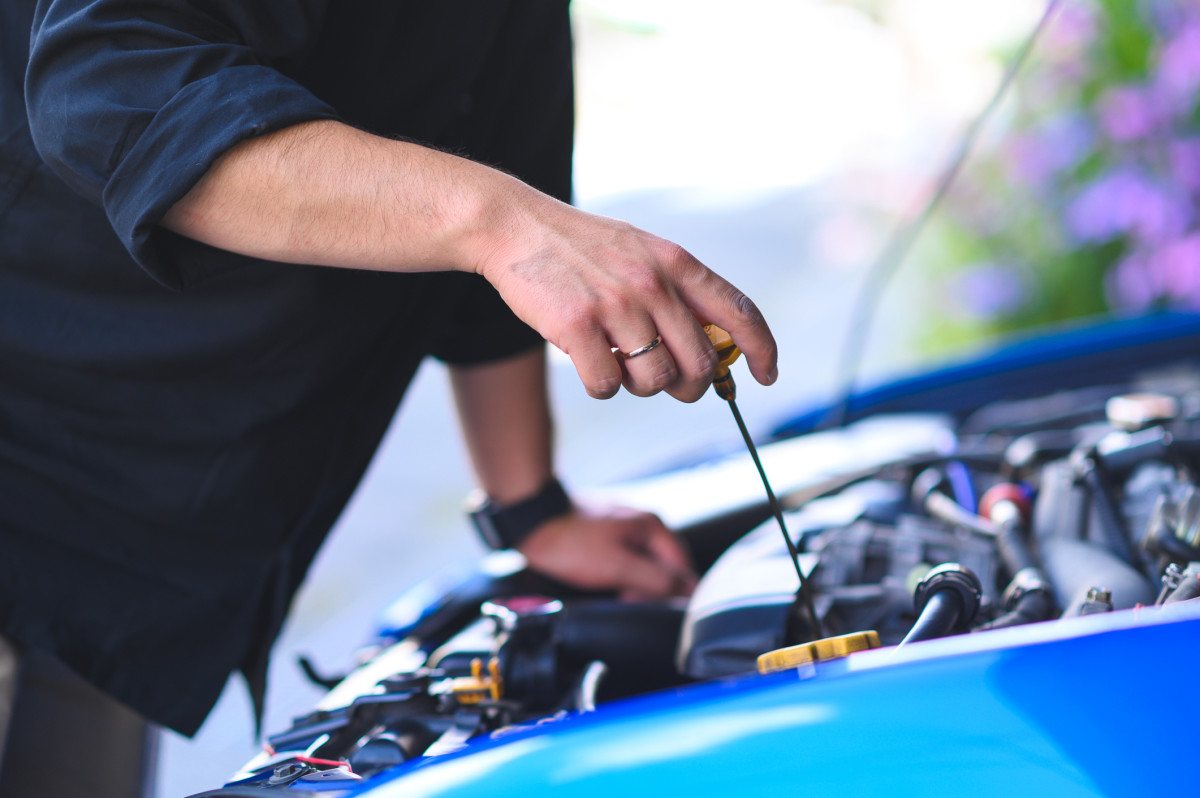Updated on: February 25, 2021
No matter how good your car's paint, it will inevitably accumulate deep scratches, chips, and blemishes—sometimes down to the bare metal. Hiring an auto-body professional is undoubtedly a convenient and reliable option to address these imperfections and get a sure color match to your original paint, but it can be pricey. Fortunately, with a little knowledge and preparation, you can come close to the same results in your home garage with a DIY paint repair. If you’re planning to sell your car or have a desire to maintain your car’s factory-fresh appearance, fixing minor blemishes at home is a great way to save money and keep your car looking great.
Why Do You Need to Fix Paint Chips and Scratches?
Modern car bodies include a galvanized layer between the paint and the steel sheet-metal structure of the car body. The galvanization protects the steel from rusting, and the paint prolongs the life of the galvanized coating—it’s a multi-layer protection system that’s designed to keep your car looking great for a long time. A paint chip or scratch usually goes through the basecoat paint layer and will expose the base metal, allowing the metal to degrade and the trouble area to spread over time. Touching up scratches will re-seal the base metal and prevent further degradation.
It’s important to recognize that a perfect repair to the scratch or damaged area can be achieved only with the tools and expertise found at a professional auto-body or collision center.
Find the Right Paint

Fixing small imperfections is a great way to help your car keep its value, but first things first: You need to buy specific, color-matched paint (knowing the manufacturer's paint code is a plus), primer, and clear coat. You can find these at the auto paint supplier in your area—this is a specialized storefront that primarily caters to professionals, but also sells automotive touch-up paint to the amateur. If you’d rather shop online, there are great sites that can sell you a wide range of touch-up materials. Consider Automotivetouchup.com as an example; you can purchase all the materials you need, including paint that provides an exact match with your car’s original paint color. You’ll also get some tips and directions for application.
You can buy touch-up paint pens or small vials of touch-up paint (similar to a nail polish bottle) in many paint colors at the local auto parts store, which are great for addressing small rock chips in a localized area. If you need to re-paint a slightly larger area, such as a side-view mirror, look for an aerosol spray paint. Repair of even larger areas, like that of an entire fender, is best left to the pros at the dealership or body shop.
Invest Your Time in Preparation

The better your car looks, the more you'll be able to sell it for (when the time comes). Preparation is key to a great-looking and long-lasting repair. Clean the area you’re going to paint, making sure it is dry and free of loose material. There are many cleaners—mostly solvent-based—that will remove residual oils, wax, and tar. These leave no residue and allow the new paint to adhere well.
Follow the directions on your touch-up paint material. Some materials will require pre-sanding with a specific grit of sandpaper. Don’t skip these steps. Invest time and energy in thorough preparation to achieve best results. If you’re using an aerosol spray, the primary challenge will be deciding the total area to be painted—and protecting surrounding non-metal areas. Use automotive-specific tape to mask off plastics, tires, trim and windows—the more the better. It’s hard to blend old car paint with new, so natural edges, like pieces of trim, make good boundaries for your touch-up paint job.
Start with Primer

Many aerosol paints require primer as an intermediate layer between the old and new paint. Primer grips well to old paint, and the new paint grips well to primer. Thick primers can also help fill in any imperfections.
Most small repairs will require a small applicator or brush and a very light hand. Even if the materials seem the same, most products have unique directions. Subtle differences in directions are meaningful. Follow the manufacturer’s instructions and don’t skip steps.
Start Painting

After cleaning, sanding with the proper grit sandpaper, and priming, it’s finally time to start painting. Make sure you’re painting in a well-ventilated area, especially if you’re using an aerosol spray. Touch-up pens or brush bottles usually require only a single application, but like with primer, try to apply a very small amount of paint at a time. With aerosol paint, you should apply many thin coats with a short drying time between each. Touch-up aerosol paint may be thinner and dry quicker than generic spray paint. Painting in a dust-free environment is important. Do your best to avoid raising dust and prevent insects from getting into your paint before it dries.
Apply a Clear Coat
After you’ve finished painting, you should apply a layer of clear coat. This protects against damage from the sun's ultraviolet (UV) light to keep the color from fading.
As with the other steps, follow the directions and apply clear coat in a series of thin layers, and allow it to dry before exposing it to the elements. The dried clear coat will likely take on a different shine from the factory finish, which you can fix with an electric buffer and polishing compound. Most auto-detailing centers can help you do a professional job on this final step affordably.
The Bottom Line
Touching up paint scratches will help protect and maintain your car’s original finish. While DIY touch-ups at home may not look quite as perfect as what you can expect from a professional, they should deliver the same level of protection. With a bit of patience, fixing scratches on your car at home is a reliable way to save money and help preserve the value of your car.



